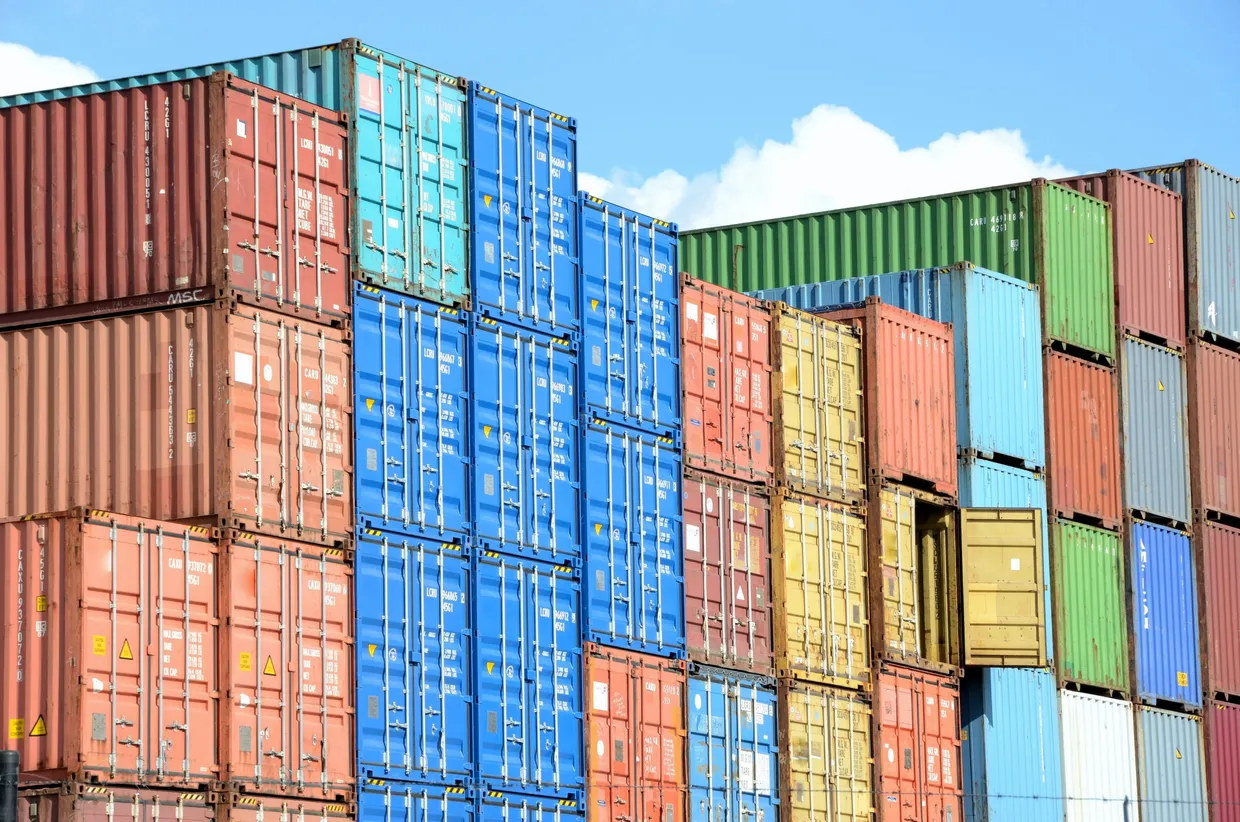Prioritize, measure, monitor: Here's a three-step method to effectively address your supply chain emissions.
Now that companies have made commitments to reduce their carbon footprint and have access to mature methods and solutions, all that’s left to do is take action. But when business leaders assess their carbon footprint, they often find that the largest contributor is category 1 of scope 3 emissions, which refers to "purchased goods and services."
The Carbon Disclosure Project (CDP) states that emissions from a company's value chain are on average 11.4 times greater than those from its own operations. This is a significant issue – and both companies and their suppliers share responsibility for it, particularly in the manufacturing industry.
Chain reactions
It’s evident that without active supplier participation, large companies won’t be able to achieve their climate goals. Responsible purchasing becomes crucial, and the customer-supplier relationship is affected by two main consequences:
For suppliers: They must measure and decrease their emissions to retain their customers. But many of them may not be familiar with carbon reduction strategies.
For customers: Procurement leaders are given new responsibilities and are expected to play a key role in helping the company meet its climate goals. But they may lack the expertise or experience needed to take climate action.
Give your procurement team the power to act
The only way to involve your procurement leaders is to give them the keys to action. Literally, train them on the challenges of carbon accounting, assign them reduction targets, and invite them to manage them with their teams.
This includes providing data to get more accurate carbon assessments, as well as tools such as customized surveys, a decarbonization simulation tool, and a platform to monitor reduction activity. These will enable suppliers to measure their carbon intensity and take meaningful action, which will also be an advantage to other customers.
To effectively engage your suppliers in reducing carbon emissions, we recommend the following approach:
-
Prioritize: Begin by focusing on the strategic suppliers that represent the majority of your emissions. Use the Pareto principle of 80-20: 20% of your suppliers are likely responsible for 80% of your carbon footprint.
-
Measure: Understand the carbon intensity of your suppliers in order to track progress towards reducing emissions. Provide them with a tool that guides them through the process of taking climate action.
-
Monitor: Set clear goals with your suppliers and regularly track their progress.
In the future, companies that are good at getting their suppliers to reduce emissions will be known as "impact contractors" and at the forefront of effective climate action.



